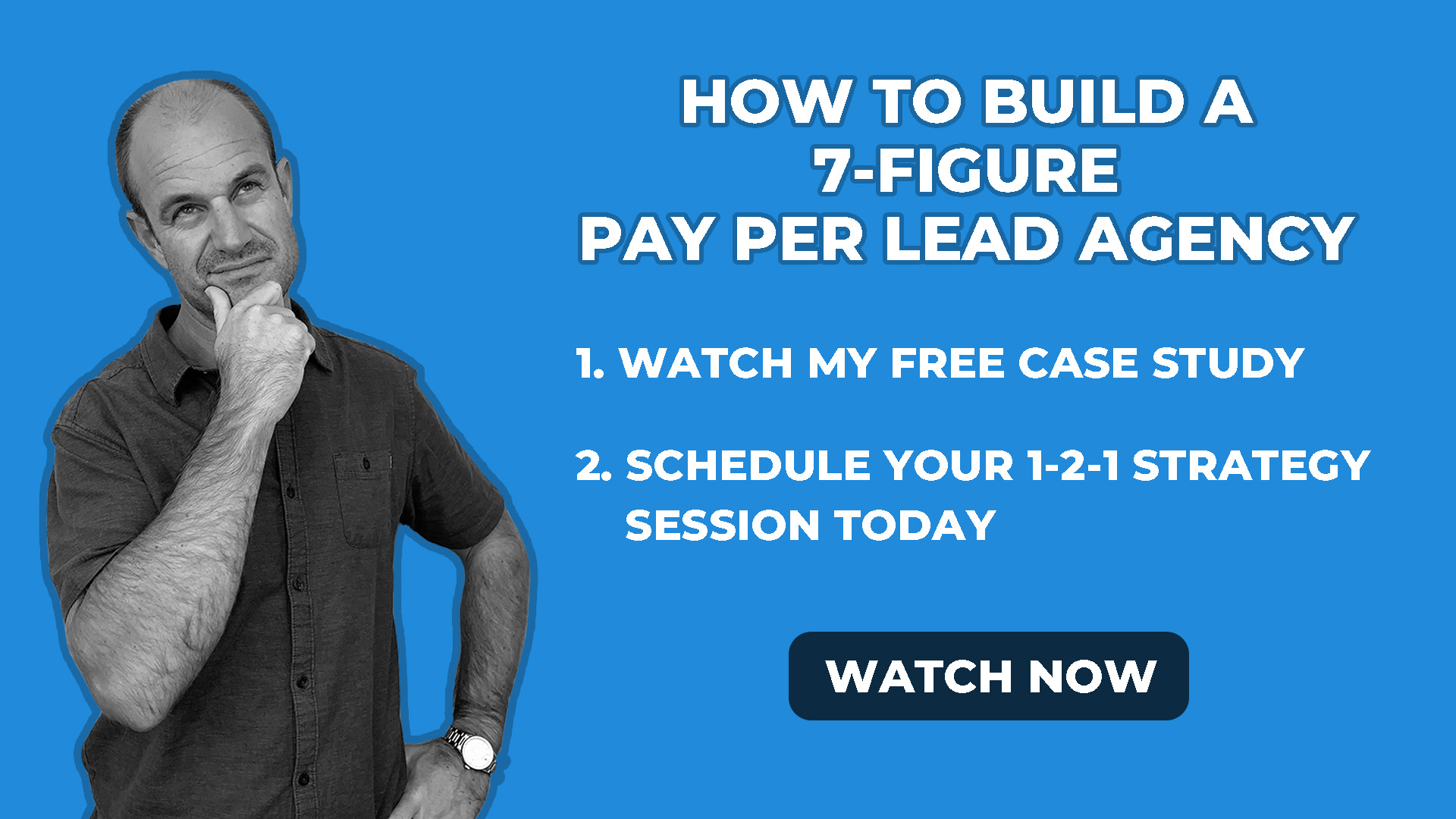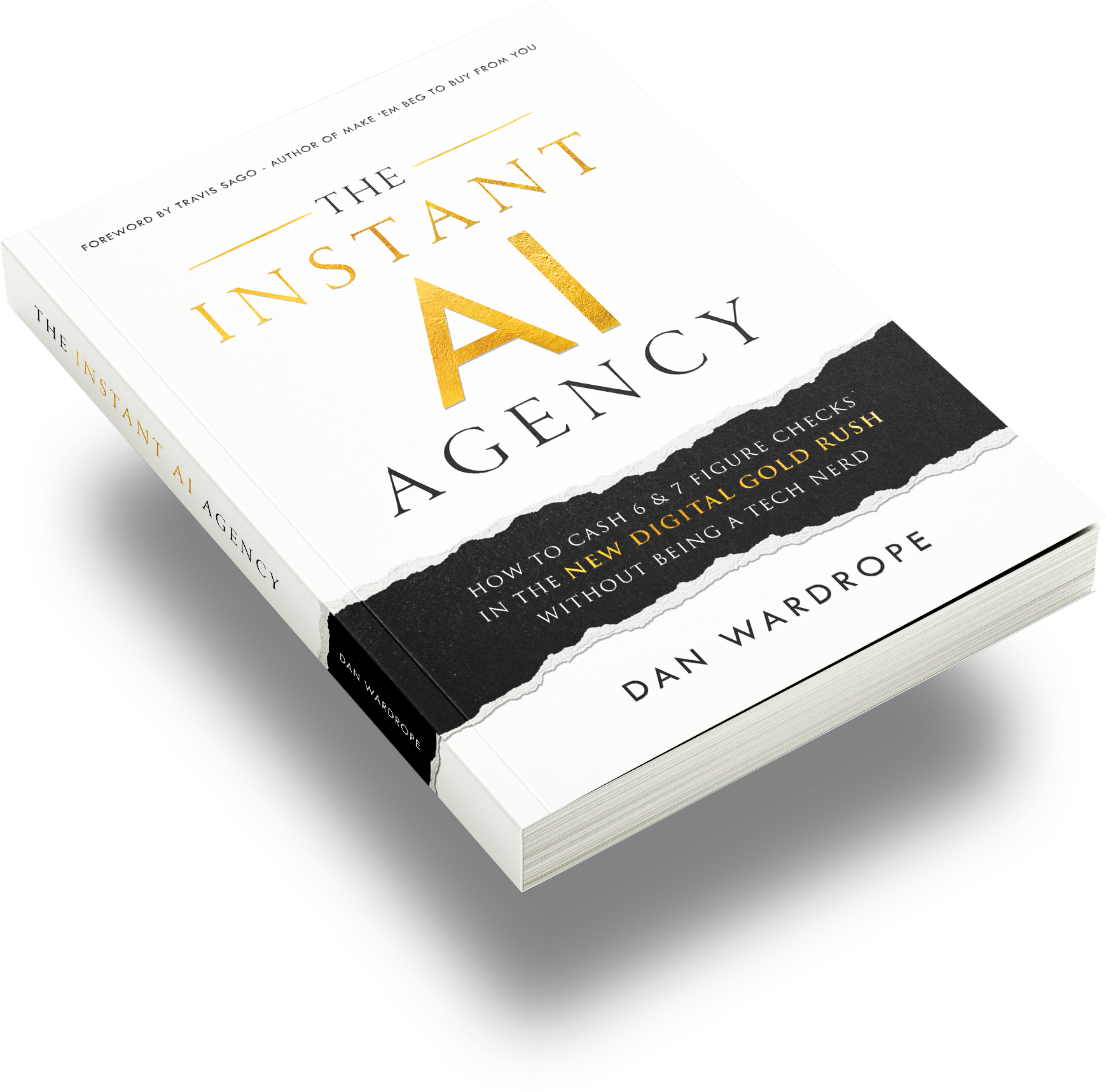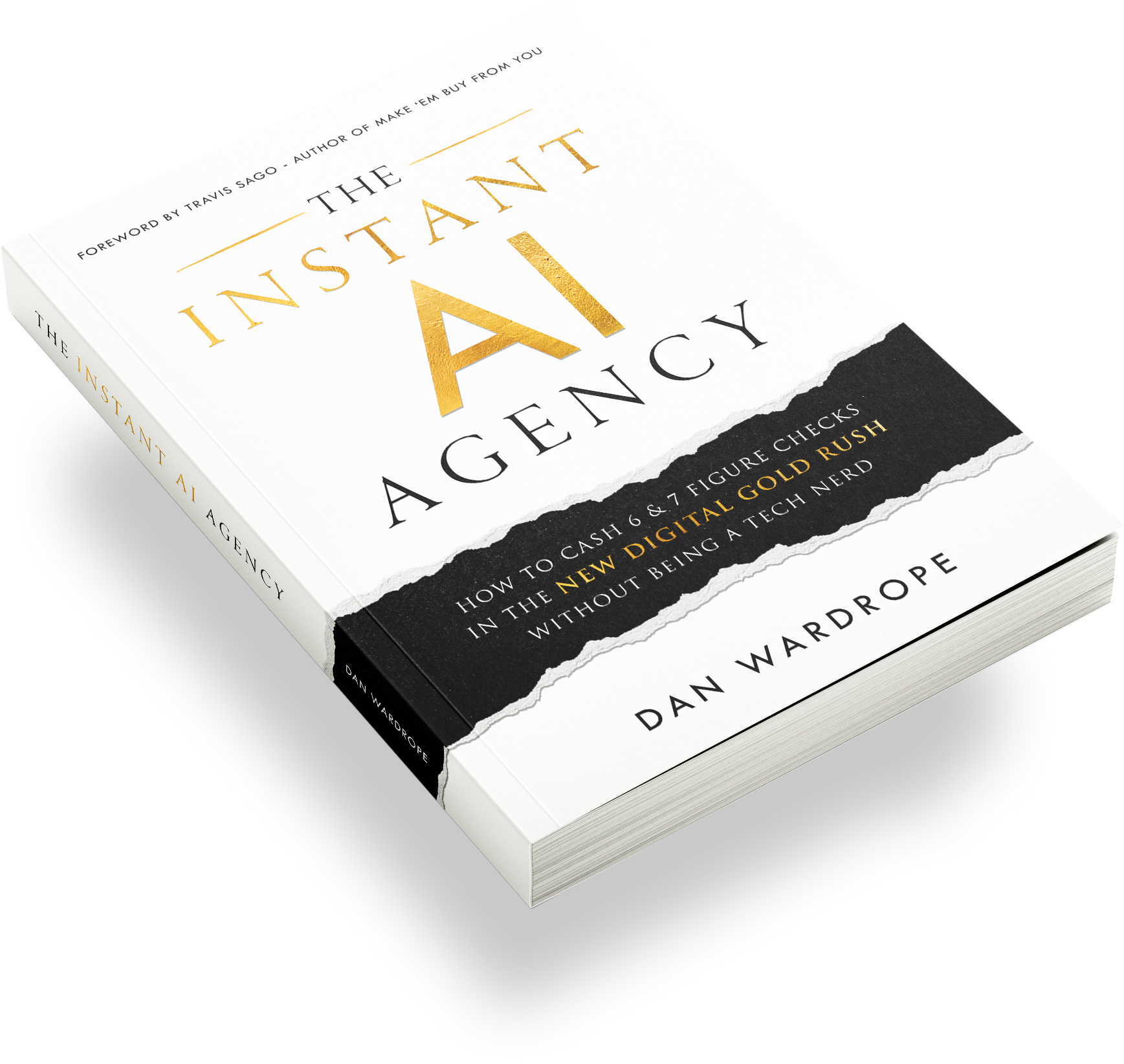“Short copy or long copy?” is one of the most frequently asked (and fiercely fought over) questions in the copywriting world.
David Ogilvy, the “Father of Advertising”, once said: “The more you tell, the more you sell.”
Ogilvy’s skills far surpass my own, and I’m not one to argue with a master. In this case, however, I’ll make an exception.
Olgilvy’s rhyme is correct (of course!), but not in every instance. In fact, the best answer I can give is the same as the one dotted all over the internet… whatever works.
But before you click off this page in disgust, allow me to explain:
It all depends what you’re using the copy for.
Only then can you choose one over the other.
Starting Off With Short Copy
I’ll make no bones: writing short copy is way harder than it looks. Shakespeare (kind of) alluded to this in Hamlet when he said: “brevity is the soul of wit”.
If you want to make an impact, you’ve got to keep it short. Have you ever heard a speech where it’s obvious the maker is in love with their own voice? Meanwhile, you’re wishing it was over so you can have a drink/eat your meal/go home.
When it comes to advertising, short copy is perfect for trying to generate clicks. FlexxDigital is a firm believer in “curiosity-driven headlines”. This means giving the reader just enough information – in a few lines or less – to spark their interest.
We call these lines, or headlines, a “hook”. A hook is often a single phrase or sentence that describes an offer’s primary benefit. This sentence is presented in such a way that the user feels enticed enough to click on the ad and enter the sales funnel.
When it comes to Facebook advertising, bombarding your prospect with too much info (that they didn’t ask for, according to the Facebook algorithm) can be a huge turn-off. There’s a reason why news sites don’t paste the entire article into a status!
Writing A Hook
An attention-grabbing hook is hard to write so you may find yourself writing 5, 10 or 20 before you’re happy with one.
When I’m trying to come up with a sales hook, I keep these three things in mind:
- Inevitability
- Intrigue
- Promise/Solution
Sound like a lot to fit into a sentence or so? Here’s a good example:
In February 2018, DashThis, an agency reporting software company, asked Facebook: “What’s the difference between DashThis and a regular old spreadsheet?”
Although DashThis’ service isn’t one you’d call “exciting”, they managed to take something dull (a spreadsheet) and suggested that their product is more exciting than the original object. In the space of a question, DashThis tapped into three selling points:
- Inevitability: Spreadsheets are an inescapable part of life
- Intrigue: Our automated spreadsheets are different – find out why!
- Promise/Solution: By being different, our product is better. This could be the solution to your “boring spreadsheet” problem.
There’s so much subtext you can stuff into one sentence. It doesn’t need to be in the form of a question. Last year, PPC Manager, Graham Connolly, wrote the following hook for a debt service: “How mums are writing 75% off their debt”.
After clearly defining his audience (mums), he tapped into the same three selling points:
- Inevitability: People get into debt and have to pay it back
- Intrigue: How did these mums get so much debt written off?
- Promise/Solution: Read the article, and you can do the same
In just a few words, you’ve caught the reader’s attention enough to make that click into your sales funnel. Any more than that would have been superfluous for this task.
Other Quick Uses
Here are some other, quick-fire uses for short copy:
- Short copy is best for lower-priced or “convenient” items. Aka, products that people shop around for, cost a couple of quid, and are added to baskets daily. Any more than a few words would be a waste. Example: Takeaway pizza
- Image-heavy marketing. Sometimes, a picture is worth a thousand words. When a designer sells handbags, they don’t describe the luxury leather to you. If a high-quality image does the selling, keep words to a minimum. Example: Clothes, bags, shoes
- Heavily-discounted, one-off purchases. Again, this rule usually applies to a product rather than a service. If the ad says something like “Save 50%” your attention has already been grabbed, and you’ve clicked the CTA button. Longer copy would just get in the way. Example: any “convenient” product
Moving On To Long Copy
If short copy works for impulse-clicks and snap-decisions, then long copy is – you guessed it – perfect for persuasion.
Once you get past immediately “saleable” items, such as takeaway food, cosmetics, clothes, etc., you’ll see that most people will have more objections when it comes to making a purchase.
This can be for a range of different reasons, including:
- The customer has never heard of your company
- The customer doesn’t know what the product or service is for
- The product or service is too expensive, and the customer can’t justify it.
As a copywriter, it’s up to you to quieten those objections and persuade the prospect to buy the service.
Looking at some examples of long copy (just think about those direct mail letters that go on for thousands of words), you’ll find that, most of the time, the writer begins with an emotionally-charged scenario.
As you read on, you’ll either be nodding in agreement or staring at the page blankly.
Not sure what the fuss is about? Then this product or service isn’t for you.
However, if you’re one of those people nodding in agreement, the writer is successfully hitting your “pain points”. They’re deliberately agitating you, bringing a problem at the back of your mind to the forefront, and allowing you to seethe in the injustice.
Then the writer will offer a solution to your problem. This solution includes features and benefits of the service provided, exclusive bonus offers, and testimonials from other customers. You’ll notice the words “quick”, “simple” and “just” a lot. These words intend to “transition” you from doubter to customer.
Using Long Copy In An Ad
In the absence of an advertorial, a long copy ad needs to do the work before the prospect hits the landing page.
So, if what you’re selling is A) expensive, B) a speciality product or service or C) an unsought or “niche” product or service, be prepared to write some longer copy.
If you try to use short copy for a product or service that requires a longer explanation, be prepared to lots of poor quality leads. Yes, the user may have clicked on your ad. Yes, they may have filled out their details. But if the information about the company, service and benefits don’t stick in their mind, they’re likely to ignore that call or email when you chase them up.
Don’t Be Afraid To Write “Long” Long Copy
One of the biggest criticisms about long copy is the fact that it’s, *drum roll*… long.
In the age of the internet, where attention spans are apparently shorter, many copywriters insist that copy over a few hundred words will bore the audience.
This may be true, and I don’t advocate a page filled with needless repetition.
However, a person who complains about the length of the copy probably isn’t your ideal customer in the first place. It’s true that with a long copy ad, readership will decline after the first 300 words.
However, statistics show that there isn’t another drop-off in readership until after 3,000 words (michaelfortin.com)
If you’ve ever been fanatically interested in something, you’ll want to learn as much as you can. That’s why you might be prepared to read a 50,000-word book on marketing but will switch off during a 1000 word essay on particle physics.
So, the people who click off your ad after 300 words weren’t qualified for your offer in the first place. They may have filled out the landing page after 50 words, but they would have been a poor-quality lead.
Conclusion
So, to loop right back to the very beginning, when it comes to short copy or long copy, choose whatever works.
Ask yourself these questions:
- Does the customer need much persuasion to buy what you’re selling?
- Is your offer (aka 50% off or similar) more effective than thousands of words of copy?
- Do you expect the customer to make a huge or continued investment, or is it a one-off purchase?
- Does your “short copy” lead into a longer sales funnel? Is it intended to generate clicks?
- How much explanation does your product/service need? In-depth information, or will an image suffice?
Whatever length copy you choose, don’t forget to include a call-to-action (or more than one if it’s a longer text). The idea of an advertisement is to move the customer forward to achieve your objectives, so take your time when putting together any length of a piece.








